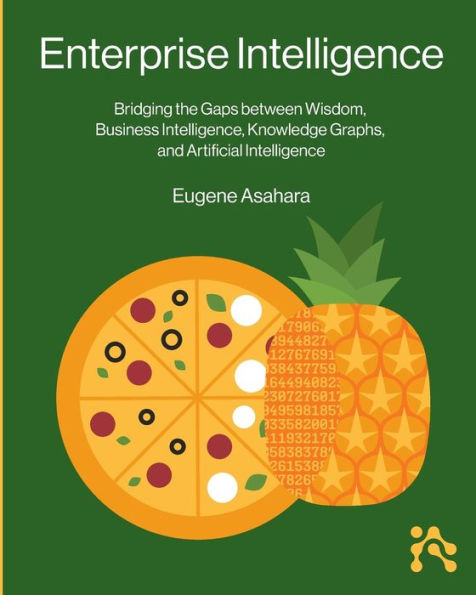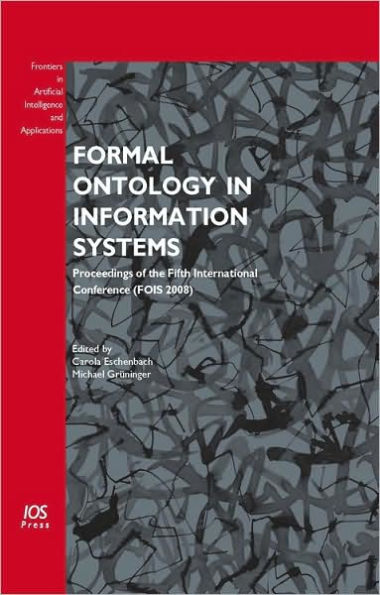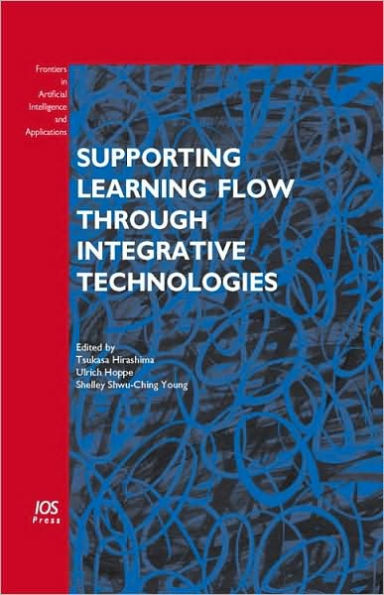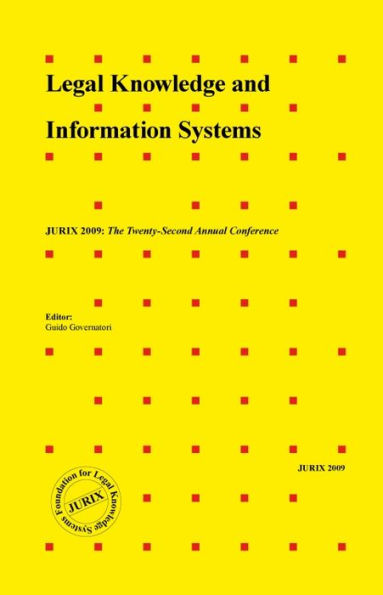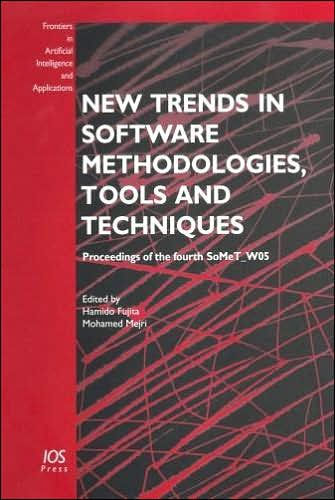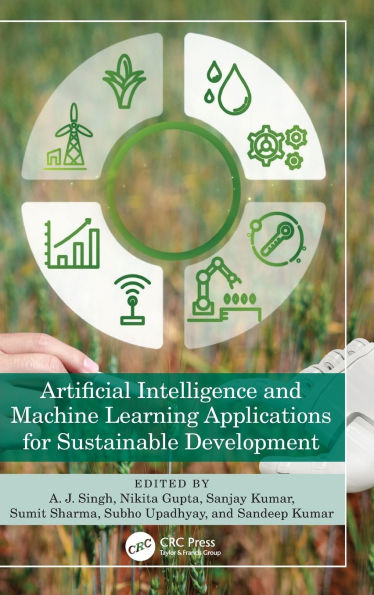Home
Ontology Learning and Population: Bridging the Gap between Text and Knowledge - Volume 167 Frontiers in Artificial Intelligence and Applications
Barnes and Noble
Loading Inventory...
Ontology Learning and Population: Bridging the Gap between Text and Knowledge - Volume 167 Frontiers in Artificial Intelligence and Applications in Franklin, TN
Current price: $161.00
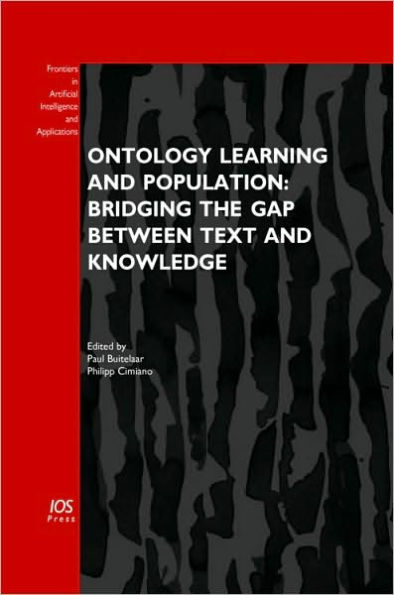
Barnes and Noble
Ontology Learning and Population: Bridging the Gap between Text and Knowledge - Volume 167 Frontiers in Artificial Intelligence and Applications in Franklin, TN
Current price: $161.00
Loading Inventory...
Size: OS
The promise of the Semantic Web is that future web pages will be annotated not only with bright colors and fancy fonts as they are now, but with annotation extracted from large domain ontologies that specify, to a computer in a way that it can exploit, what information is contained on the given web page. The presence of this information will allow software agents to examine pages and to make decisions about content as humans are able to do now. The classic method of building an ontology is to gather a committee of experts in the domain to be modeled by the ontology, and to have this committee agree on which concepts cover the domain, on which terms describe which concepts, on what relations exist between each concept and what the possible attributes of each concept are. All ontology learning systems begin with an ontology structure, which may just be an empty logical structure, and a collection of texts in the domain to be modeled. An ontology learning system can be seen as an interplay between three things: an existing ontology, a collection of texts, and lexical syntactic patterns. The Semantic Web will only be a reality if we can create structured, unambiguous ontologies that model domain knowledge that computers can handle. The creation of vast arrays of such ontologies, to be used to mark-up web pages for the Semantic Web, can only be accomplished by computer tools that can extract and build large parts of these ontologies automatically. This book provides the state-of-art of many automatic extraction and modeling techniques for ontology building. The maturation of these techniques will lead to the creation of the Semantic Web.
The promise of the Semantic Web is that future web pages will be annotated not only with bright colors and fancy fonts as they are now, but with annotation extracted from large domain ontologies that specify, to a computer in a way that it can exploit, what information is contained on the given web page. The presence of this information will allow software agents to examine pages and to make decisions about content as humans are able to do now. The classic method of building an ontology is to gather a committee of experts in the domain to be modeled by the ontology, and to have this committee agree on which concepts cover the domain, on which terms describe which concepts, on what relations exist between each concept and what the possible attributes of each concept are. All ontology learning systems begin with an ontology structure, which may just be an empty logical structure, and a collection of texts in the domain to be modeled. An ontology learning system can be seen as an interplay between three things: an existing ontology, a collection of texts, and lexical syntactic patterns. The Semantic Web will only be a reality if we can create structured, unambiguous ontologies that model domain knowledge that computers can handle. The creation of vast arrays of such ontologies, to be used to mark-up web pages for the Semantic Web, can only be accomplished by computer tools that can extract and build large parts of these ontologies automatically. This book provides the state-of-art of many automatic extraction and modeling techniques for ontology building. The maturation of these techniques will lead to the creation of the Semantic Web.

